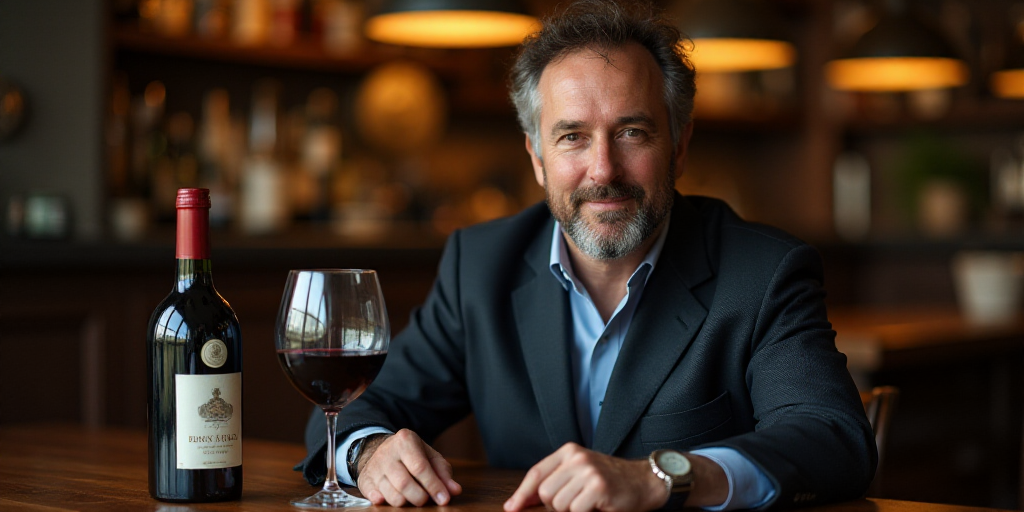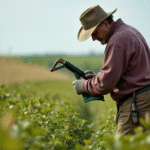Innovation Without Losing the Soul
José Moro founded Cepa 21 not just to add another winery in Ribera del Duero, but to reinterpret his family’s century-long legacy and project it into the future with a unique perspective. This approach has been deeply connected to the land, as Moro believes, “The vines reach their roots and find the soul of wine.”
In 2024, Cepa 21 took a qualitative leap in understanding the vineyard. They implemented advanced soil microbiota studies backed by artificial intelligence, allowing them to identify the precise moment and type of intervention for each plot. Additionally, they used 3D simulations and climate zoning systems to anticipate the effects of climate change. “The land is the absolute soul of wine,” Moro summarizes, “If you understand it, everything else flows.”
Styling and Sales Growth
This technical approach went hand-in-hand with a stylistic change in their wines. Moro wanted to create “finer, more elegant, and subtle” wines that respected Ribera’s character but offered a more modern and global expression. By adjusting aging times and opting for French barrels, they achieved results that convinced both end consumers and specialized critics.
- Cepa 21 and Malabrigo, its flagship labels, saw a 29.5% growth in sales during 2024.
- The overall bodega registered a 19.7% increase in revenue.
- International expansion contributed to a 24.15% growth, driven by a notable 31.8% increase in Latin America, with Mexico as the priority market.
Moreover, wine found new paths through major distribution channels: supermarkets and specialty stores saw a 35.11% growth, indicating that newer consumers—more open and discerning—are discovering the world of wine.
A Wine Tourism Destination
Beyond wine, Cepa 21 has consolidated an ecosystem where architecture, gastronomy, and landscape integrate to offer a complete enotourism experience. Located in Castrillo de Duero, the winery has been designed as a space for contemplation and learning, where each visit aims to both captivate and educate.
“We want visitors to understand the origin of every glass, feel the emotion behind a vintage, an label, or a decision in the vineyard,” Moro explains. For him, wine is much more than a product; it’s a vehicle for emotions, culture, and encounters.
Wine as Art and Culture
With this conviction, José Moro has taken Cepa 21’s wines beyond the wine world. He has managed to establish Cepa 21 in spaces like the Goya Awards, Málaga Film Festival, or Hexagon Cup, advocating for a transversal vision where wine dialogues with other artistic expressions. “Wine is an art that dialogues with other arts,” he says.
A Brand Born from Effort
Behind this success lies a personal story of sustained effort, entrepreneurial intuition, and passion for the craft. “Believe in yourselves, get trained, and carry the bottle under your arm; building a brand takes years of passion and trials,” advises José Moro to those dreaming of venturing into the wine or gastronomy world.
He speaks from experience. Cepa 21 is not just a successful winery; it’s the tangible manifestation of a philosophy that believes in daily work, connection with the land, and the necessity of risking to build something lasting.






